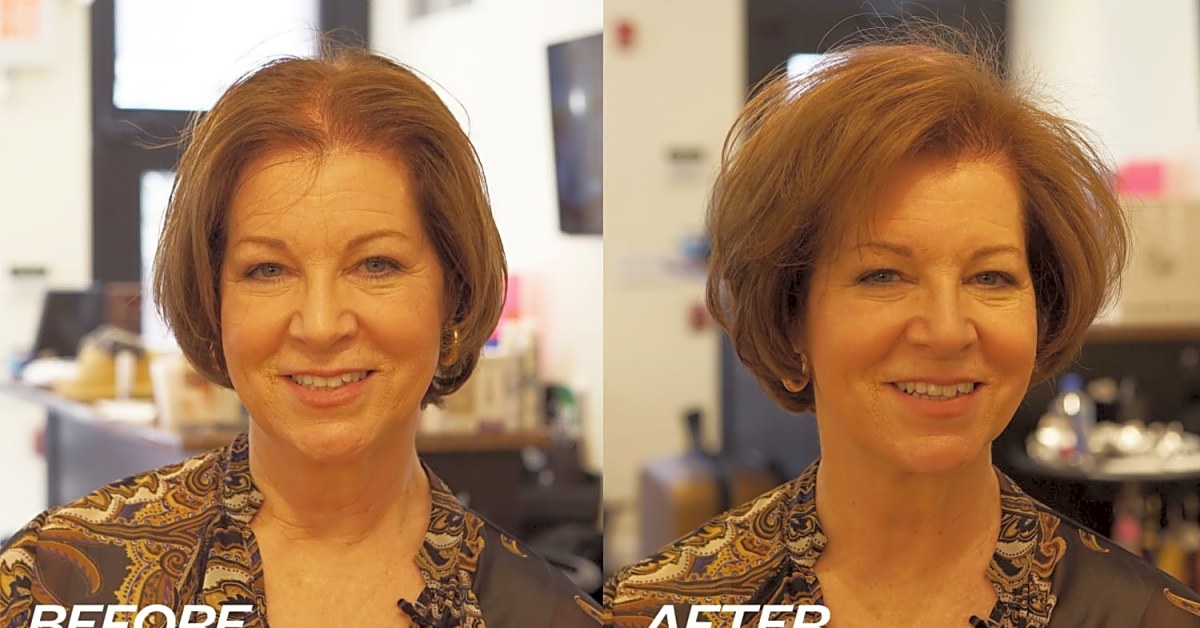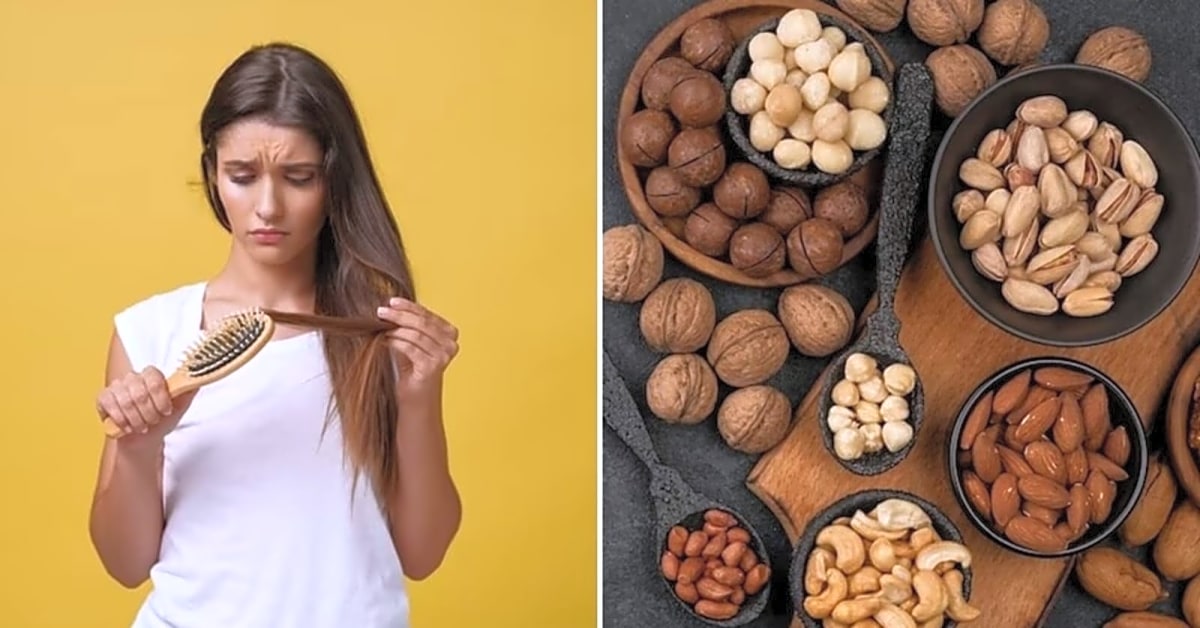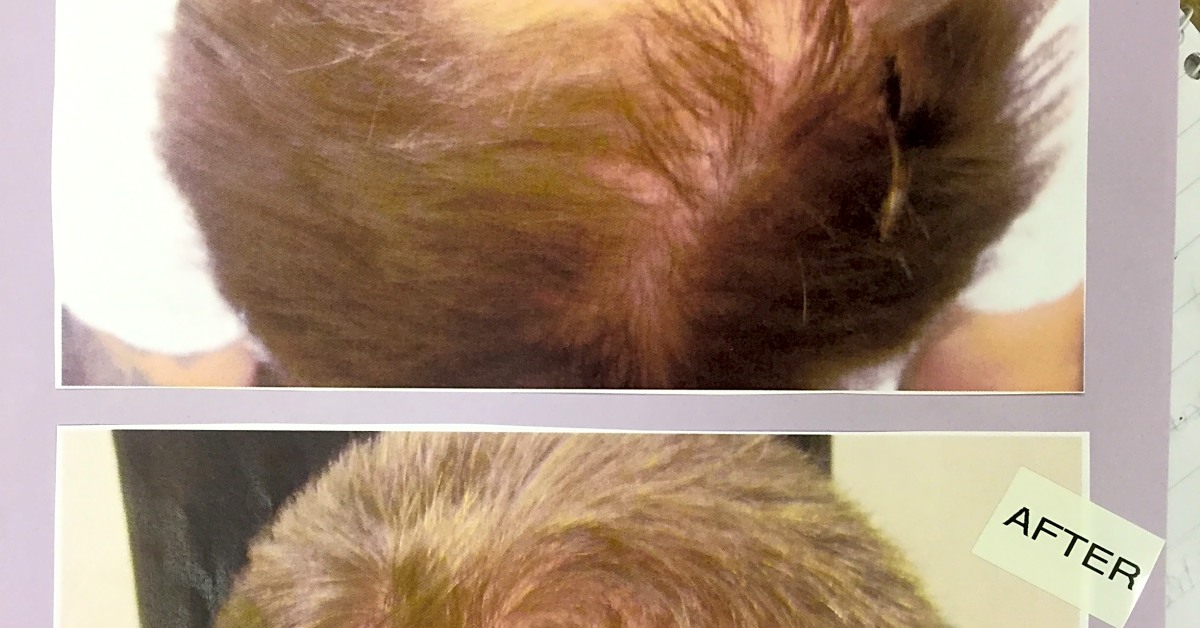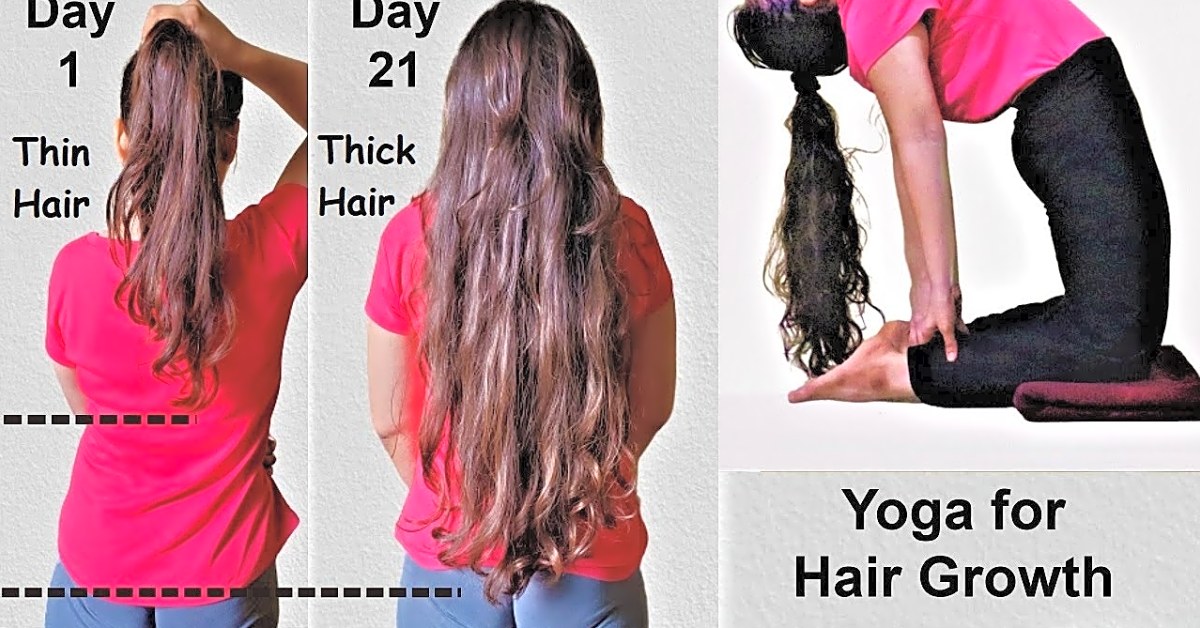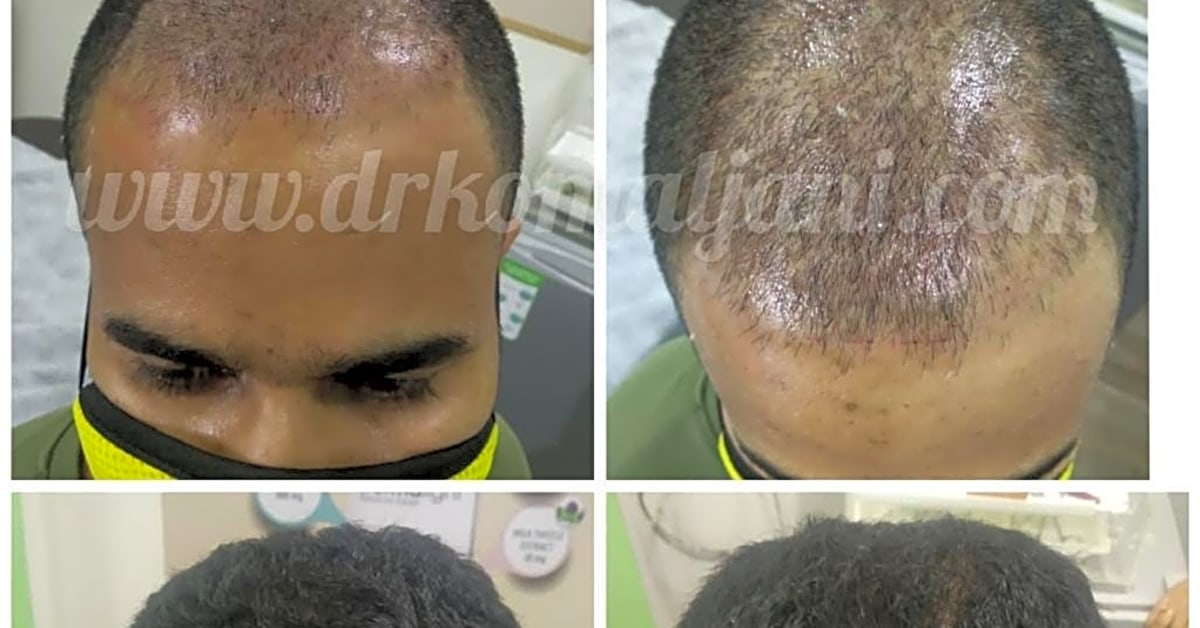Hair loss is a common concern for many women, and one of the most common causes is thinning hair. Whether it’s due to aging, genetics, or other factors, thinning hair can be frustrating and even embarrassing. But don’t worry, there are plenty of hairstyles and tips to help prevent and manage thinning hair. In this article, we’ll delve into the topic of hairstyles for thinning hair and provide you with some useful tips and tricks. So if you’re looking for ways to improve the appearance and health of your hair, keep reading to find out more about this important topic. We’ll cover everything from prevention methods to management techniques, so you can feel confident and beautiful with your thinning hair. Get ready to learn all about hairstyles for thinning hair in our comprehensive guide to female hair loss prevention and management.
Firstly, it’s important to understand that hair thinning is a natural process that can affect both men and women. However, there are steps you can take to slow down or prevent the process. One effective way to do this is by choosing the right hairstyle. For example, shorter haircuts can create the illusion of thicker hair, while layers can add volume. Additionally, avoiding harsh chemicals and heat styling can also help maintain the health of your hair.
It’s also important to maintain a healthy diet and lifestyle, as these factors can play a role in hair loss. Eating foods rich in vitamins and minerals, such as leafy greens, nuts, and fish, can help promote hair growth and strength. Exercising regularly and managing stress levels can also contribute to overall hair health.
As for treatments, there are options such as medication or hair transplants that may be recommended by a healthcare professional. However, it’s always best to consult with a doctor before making any decisions on treatments or products for hair loss. They can provide personalized advice based on your specific needs and medical history.
In addition to prevention and management techniques, understanding the causes of hair loss can also be beneficial. Some common factors include genetics, hormonal changes, certain medications, and medical conditions. By identifying the root cause of your hair loss, you can better address it and potentially slow down or stop the thinning process.
In conclusion, if you’re concerned about thinning hair, know that you’re not alone. With the right information and actions, you can take control of your hair health and potentially prevent or slow down hair loss. Remember to choose a suitable hairstyle, maintain a healthy diet and lifestyle, and consult with a healthcare professional for personalized advice on treatments. With these tips and tricks, you can feel confident and comfortable in your own hair.
The Role of Diet and Lifestyle
A balanced diet and healthy lifestyle can contribute to the health of your hair. Your hair is made up of protein, so it’s important to include enough protein in your diet. Good sources of protein include lean meats, eggs, fish, and legumes.
In addition to protein, make sure you are getting enough vitamins and minerals, such as iron, zinc, and biotin. These nutrients help support hair growth and prevent thinning.
Regular exercise can also improve the health of your hair. Exercise increases blood flow, which can promote hair growth. It also helps reduce stress, which can be a contributing factor to hair loss.
Maintaining Healthy Hair
Avoiding harsh chemicals and heat styling can help keep your hair healthy. It’s important to be mindful of the products you use on your hair, as some can contain harmful chemicals that can lead to damage and breakage. Look for gentle, sulfate-free shampoos and conditioners that are specifically designed for thinning hair.
In addition, minimizing your use of heat styling tools such as flat irons and curling wands can also make a big difference in maintaining healthy hair. Heat can weaken and dry out your strands, leading to breakage and thinning. If you do use heat styling, make sure to use a heat protectant spray and try to limit it to only a few times a week.
Another tip for maintaining healthy hair is to regularly trim your ends. Split ends can make your hair look thinner and more damaged, so getting rid of them can help give the appearance of fuller, healthier hair. Aim to get a trim every 8-12 weeks to keep your ends looking fresh and prevent further damage.
The Best Hairstyles for Thinning Hair
If you have thinning hair, one of the best ways to make it look fuller is by choosing the right hairstyle. Shorter cuts and layers can add volume and texture to your hair, making it appear thicker and more voluminous. This is because shorter cuts create a lighter, more airy look, while layers provide movement and lift to the hair.
When it comes to shorter cuts, consider a bob or a pixie cut. These styles are not only trendy and stylish, but they also work well with thinning hair. The length of a bob or pixie cut can be adjusted to suit your face shape and hair type, and the layers can be strategically placed to add volume and texture.
For those who prefer longer hair, layers are key. Ask your hairstylist to add long layers throughout your hair, focusing on the crown and ends. This will create a fuller appearance and add dimension to your hair. You can also opt for a layered shag haircut, which is perfect for fine and thinning hair.
In addition to shorter cuts and layers, bangs can also help conceal thinning hair. Side-swept bangs can add volume to the front of your hair, while blunt bangs can create a fuller look overall. Just be sure to choose bangs that complement your face shape and hair type.
No matter which hairstyle you choose, make sure to use styling products that add volume and hold to your hair. These can include mousses, root lifters, and texturizing sprays. And remember, don’t be afraid to experiment with different styles and techniques until you find the perfect one for your thinning hair!
Treatment Options
When it comes to treating thinning hair, it’s important to consult with a doctor before considering any treatments or products. This is because hair loss can have a variety of causes and may require different approaches for each individual.
Some common treatment options for thinning hair include:
- Medications: There are a variety of medications available, both prescription and over-the-counter, that can help with hair loss. These may include topical treatments, oral medications, or injections.
- Hair Transplants: This surgical procedure involves taking hair from one area of the scalp and transplanting it to the thinning or balding areas. It can be a costly option, but can provide long-term results.
- Laser Therapy: Low-level laser therapy is a non-invasive treatment option that uses red light to stimulate hair growth. It is typically used in conjunction with other treatments.
- Hair Growth Products: There are many products on the market that claim to promote hair growth and prevent hair loss. These may include shampoos, conditioners, supplements, and oils. It’s important to do research and consult with a doctor before trying any of these products.
Remember, everyone’s hair loss journey is unique and what works for one person may not work for another. Consulting with a doctor can help you determine the best treatment option for your specific case.
In conclusion, thinning hair is a common concern that can affect anyone. By choosing the right hairstyles, maintaining a healthy diet and lifestyle, and consulting with a healthcare professional for treatments, you can help prevent and manage hair loss. Remember, it’s important to embrace your natural beauty and not let thinning hair define you.

